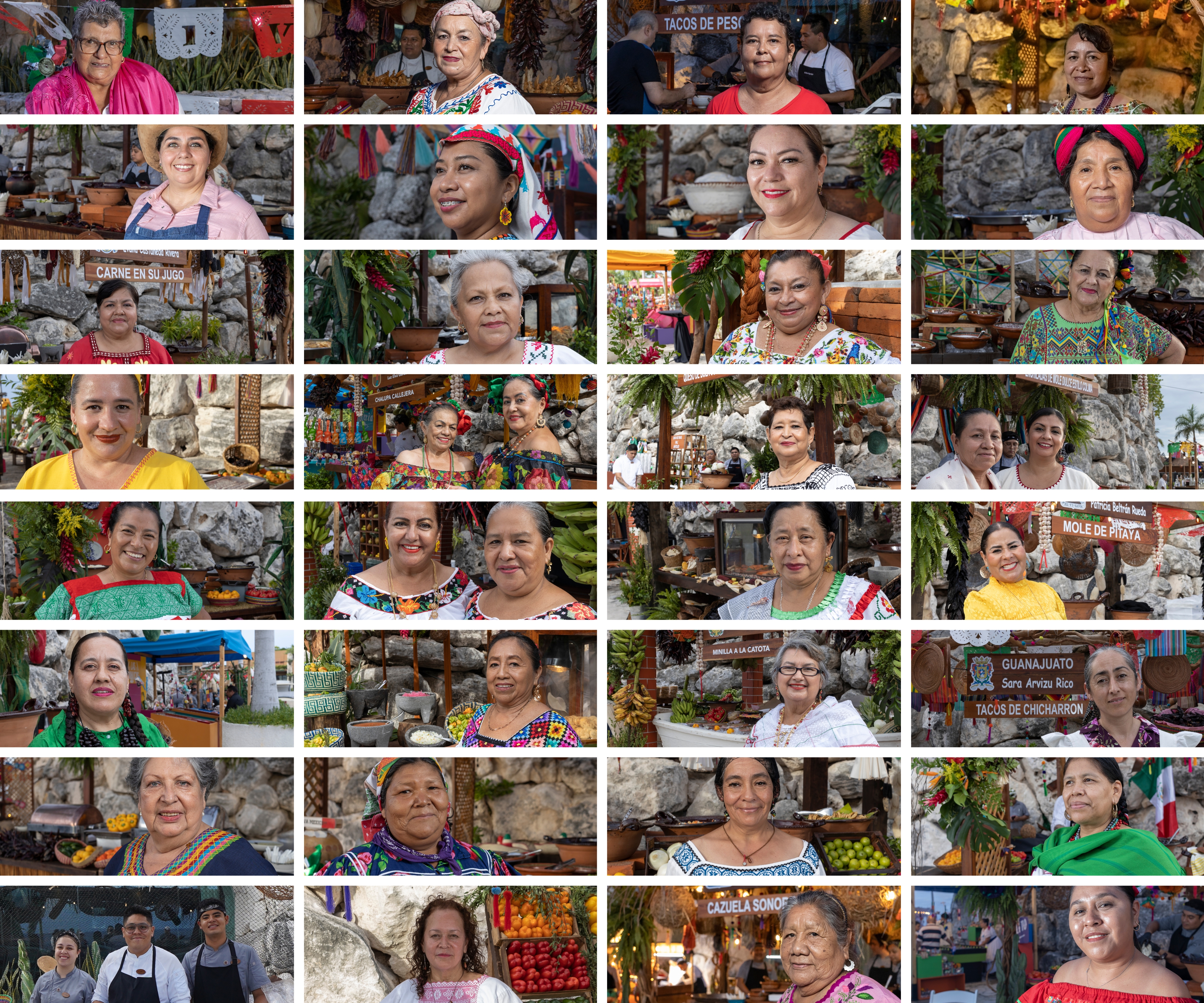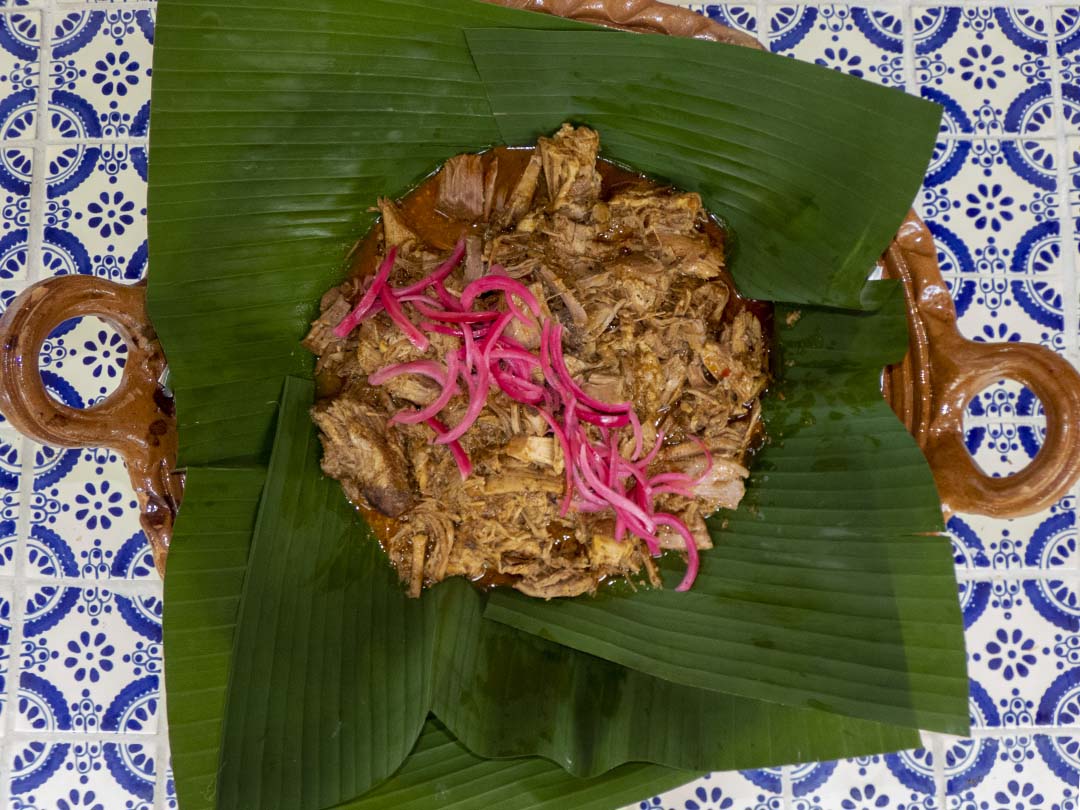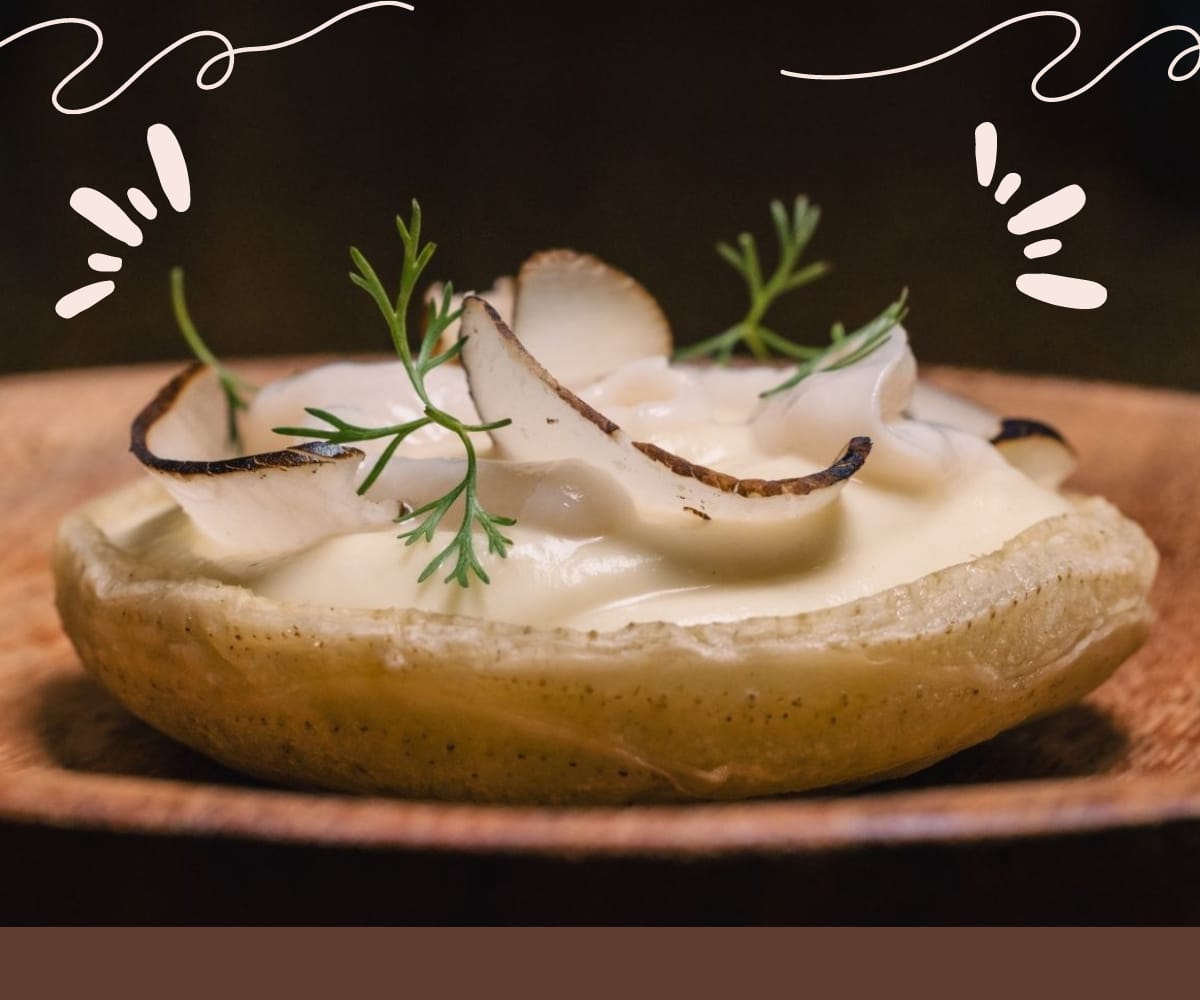10 dishes with pre-Hispanic heritage from Tlaxcala
October 10, 2022
Get to know the Mexican town Tlaxcala through its gastronomy.
Aside from being one of Mexico’s smallest states, Tlaxcala is also famous for its delicious pre-Hispanic gastronomy. Its name comes from the Nahuatl word “tlaxcalli', which means “corn tortilla”.
In this post, we’ll talk about 10 dishes from Tlaxcala that incorporate a pre-Hispanic heritage.
1. Tlacoyos
Mexicans know this dish very well. It consists of an oval-shaped corn tortilla thicker than the regular one. These are sometimes filled with beans or peas, among other ingredients. On top, it can have different components such as a stew, sauce, and cheese. It’s usually eaten in the mornings as breakfast.
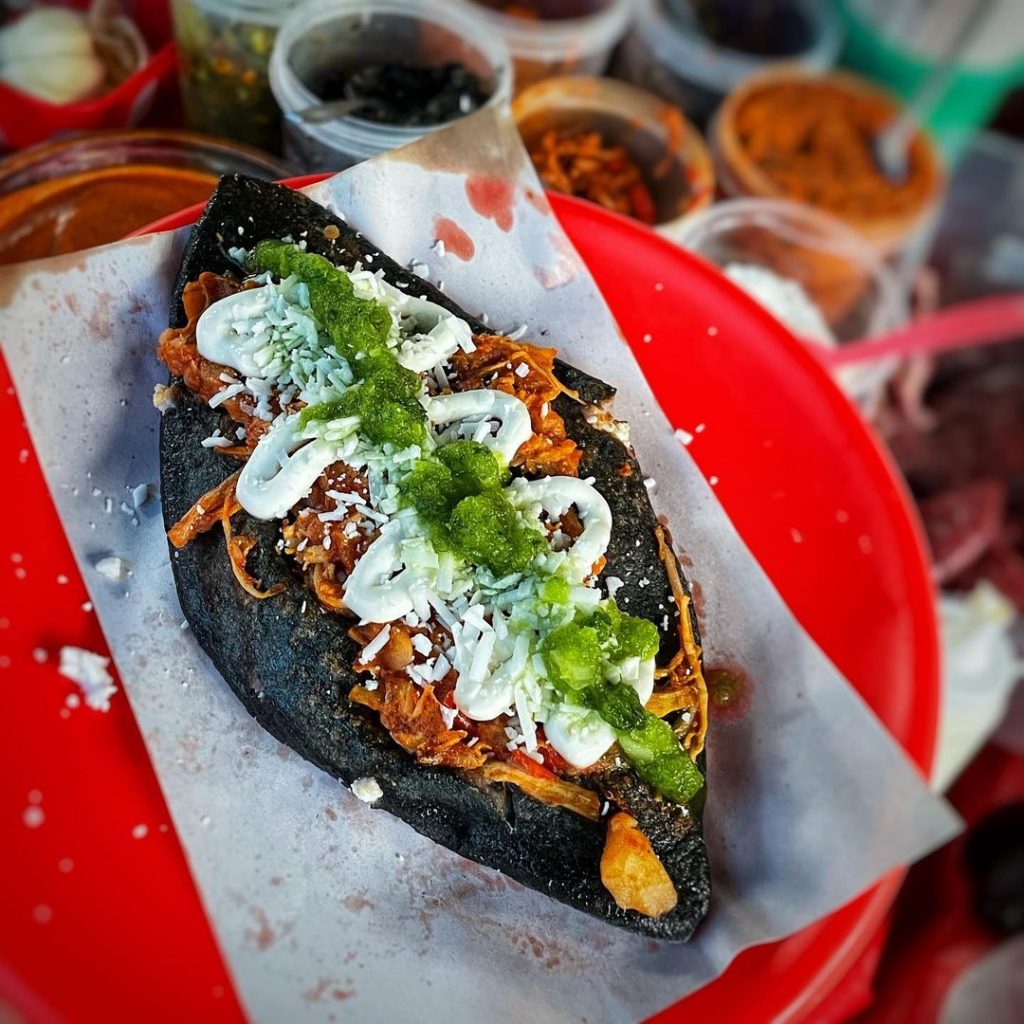
2. Escamoles
This dish, considered a delicacy by the Aztecs, consists of ant larvae, “escamoles”. They have a whitish tone, and their texture is a little crunchy, especially if fried with butter. It can be accompanied by tortillas and guacamole but can also be eaten alone. The price of this dish is high because it has a relatively short harvest season, usually between March and April.
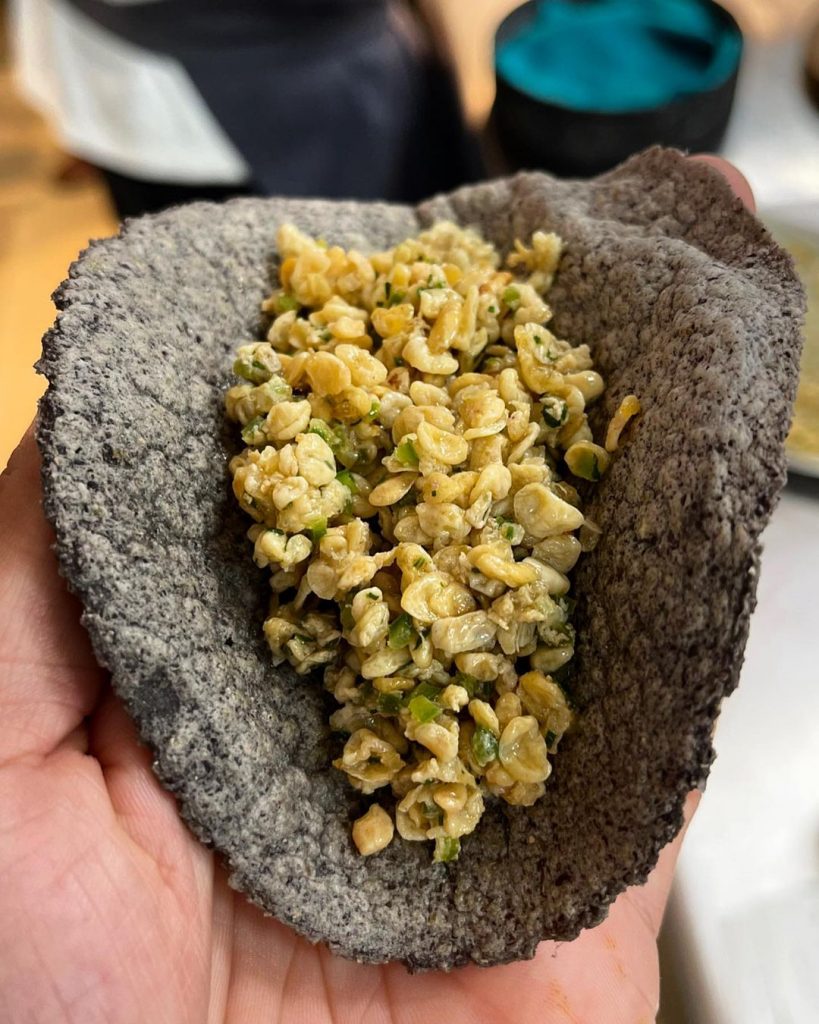
3. Gusanos de maguey
Its name in Spanish means “maguey worms,” and as it implies, this characteristic animal is found in certain species of the maguey (agave plant). They are often eaten due to their high content of proteins and natural fats. It’s commonly roasted with corn tortilla tacos or eaten alone as a snack. Another of its peculiar uses is to put them at the bottom of a bottle of mezcal or as a side dish while you drink it.
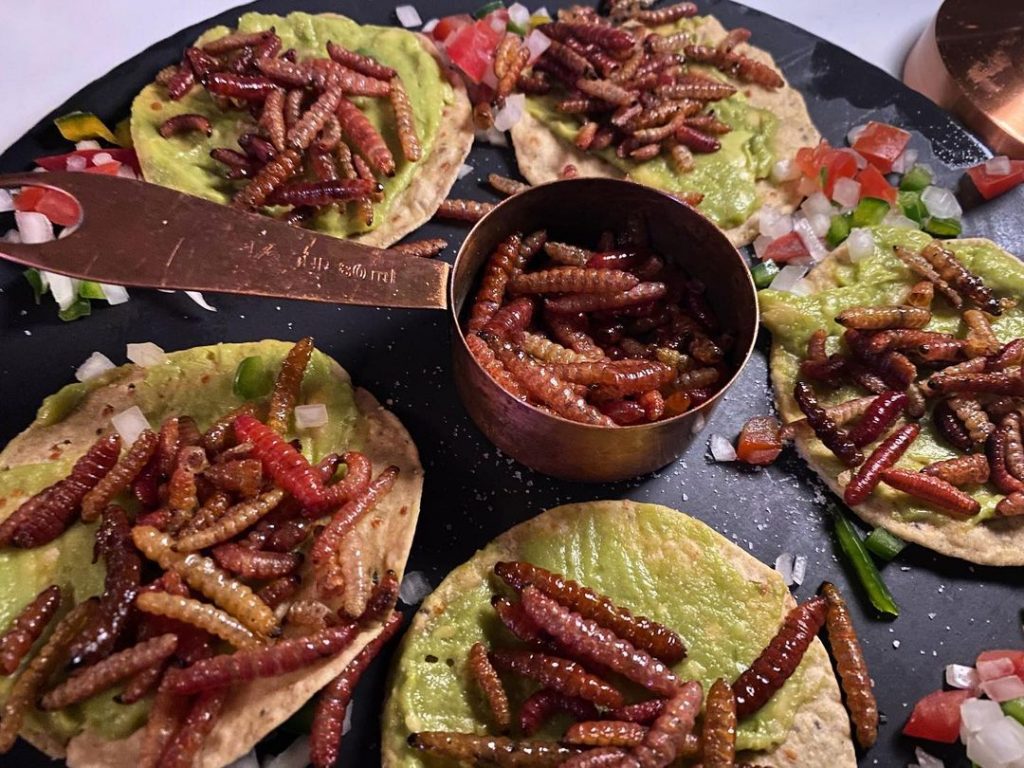
4. Chileatole
This dish has been known since pre-Hispanic. It was previously made with roasted cocoa, adding masa atole, chili, and sometimes sweetened with honey. Over time this recipe has been modified, and nowadays, it’s prepared with salted corn dough, chili, and pieces of corn to accompany it.
In some states, other ingredients are added, such as pork to eat as a stew, or it can be a salty dessert with lemon, cheese, and mayonnaise.

5. Huitlacoche black mole
This type of mole is prepared with a variety of chillis with pork broth. They also add huitlacoche to give it its distinctive black color.
The huitlacoche is a kind of edible fungus that grows on corn due to humidity. That’s why it’s usually served between June and November when the rains predominate.
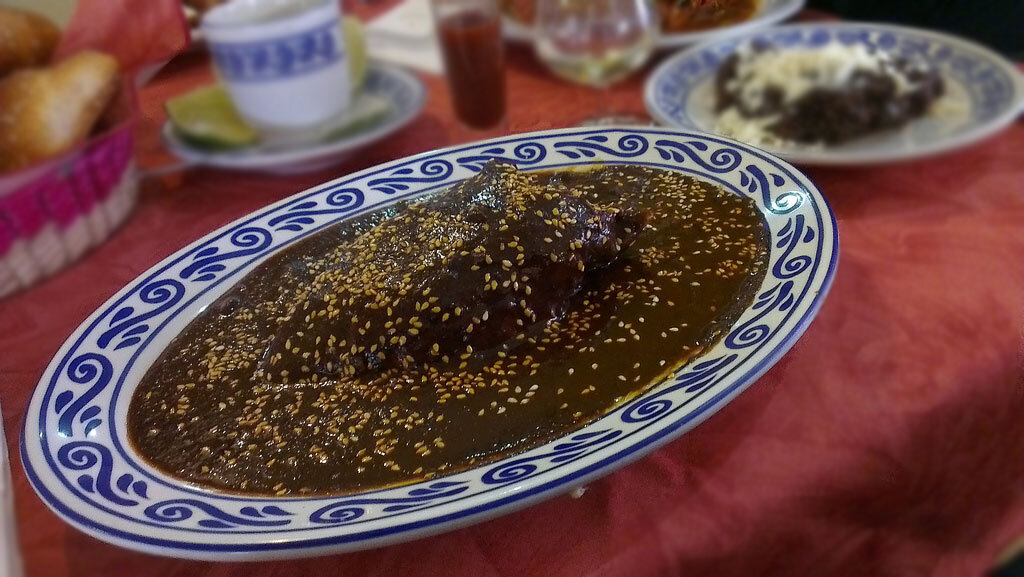
6. Tamal tatemado
This type of tamal does not contain dough but ingredients such as quelites (edible herbs), cottage cheese, nopales, and mushrooms. They are all put together and placed in a corn husk where the ingredients are wrapped and placed directly on the comal to cook on both sides.
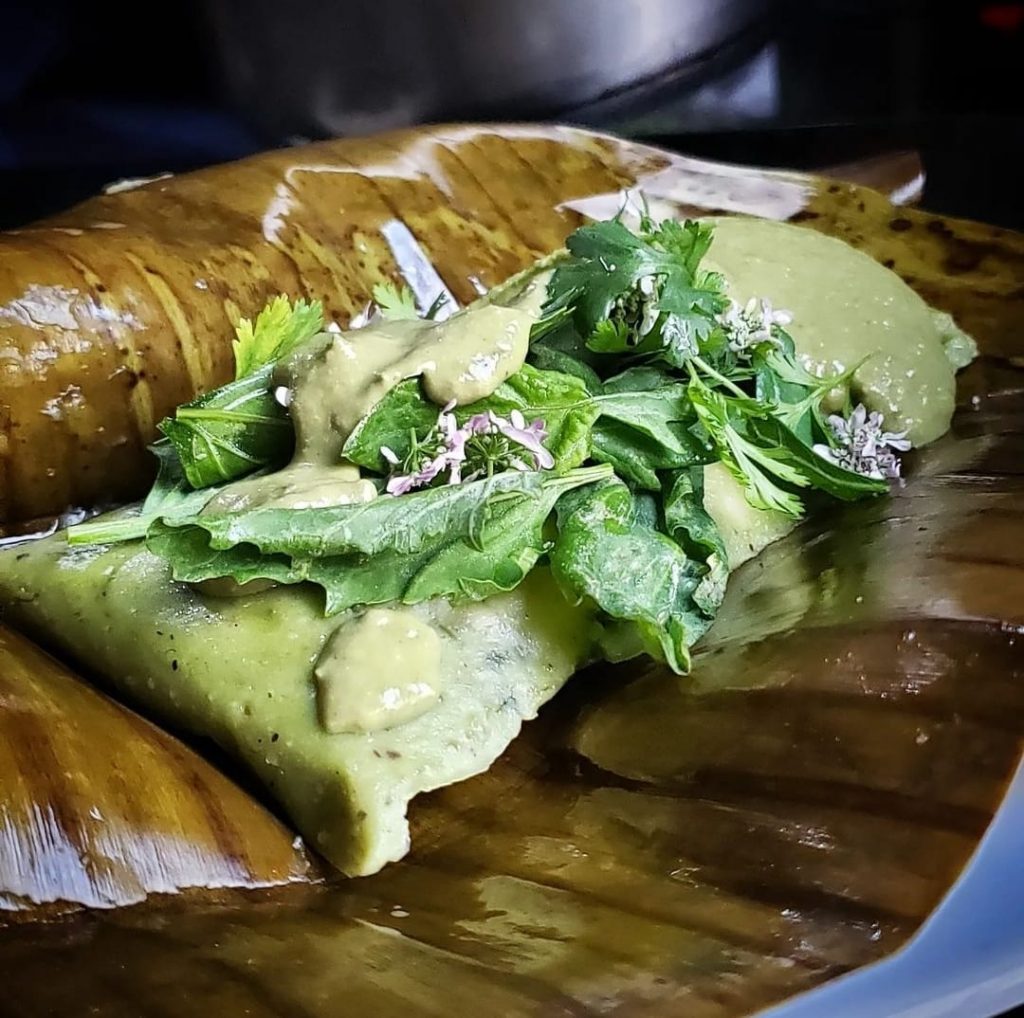
7. Pulque
This beverage comes from fermented agave or maguey juices. The plant takes about 12 years to reach maturity to produce the honey water that is the maguey’s sap and the pulque’s main base. Afterward, this sap is fermented to reach an alcohol content which, depending on how long, varies from 2% to 8% alcohol.
The texture of this drink is dense, and sometimes the famous curados de pulque can be made. Here, some pulque is combined with natural fruit such as guava or dragon fruit, as well as other ingredients such as coffee, and marzipan, among others.
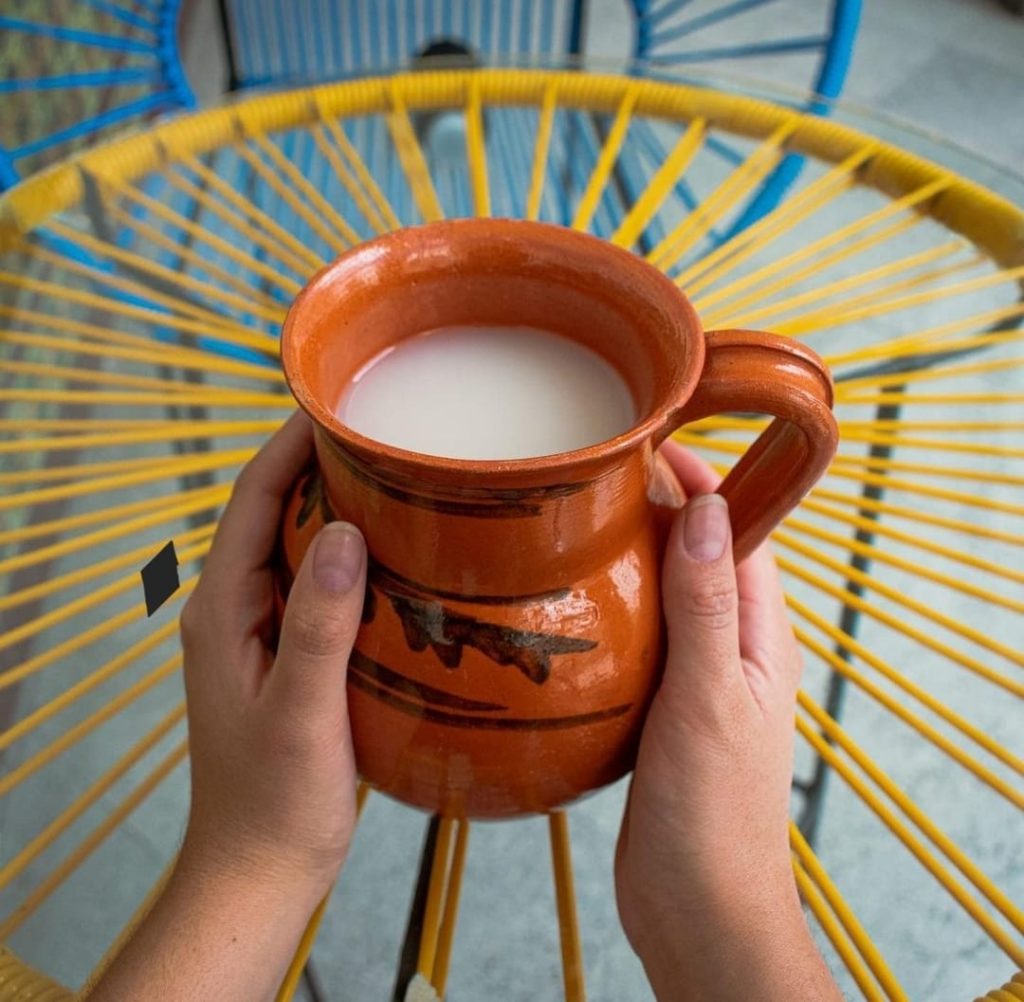
8. Tlaxcales
This delicious triangle-shaped dessert is made with corn dough, piloncillo, and cinnamon. It has a soft texture that, when it touches your mouth, the bread melts, allows you to taste the ingredients inside.
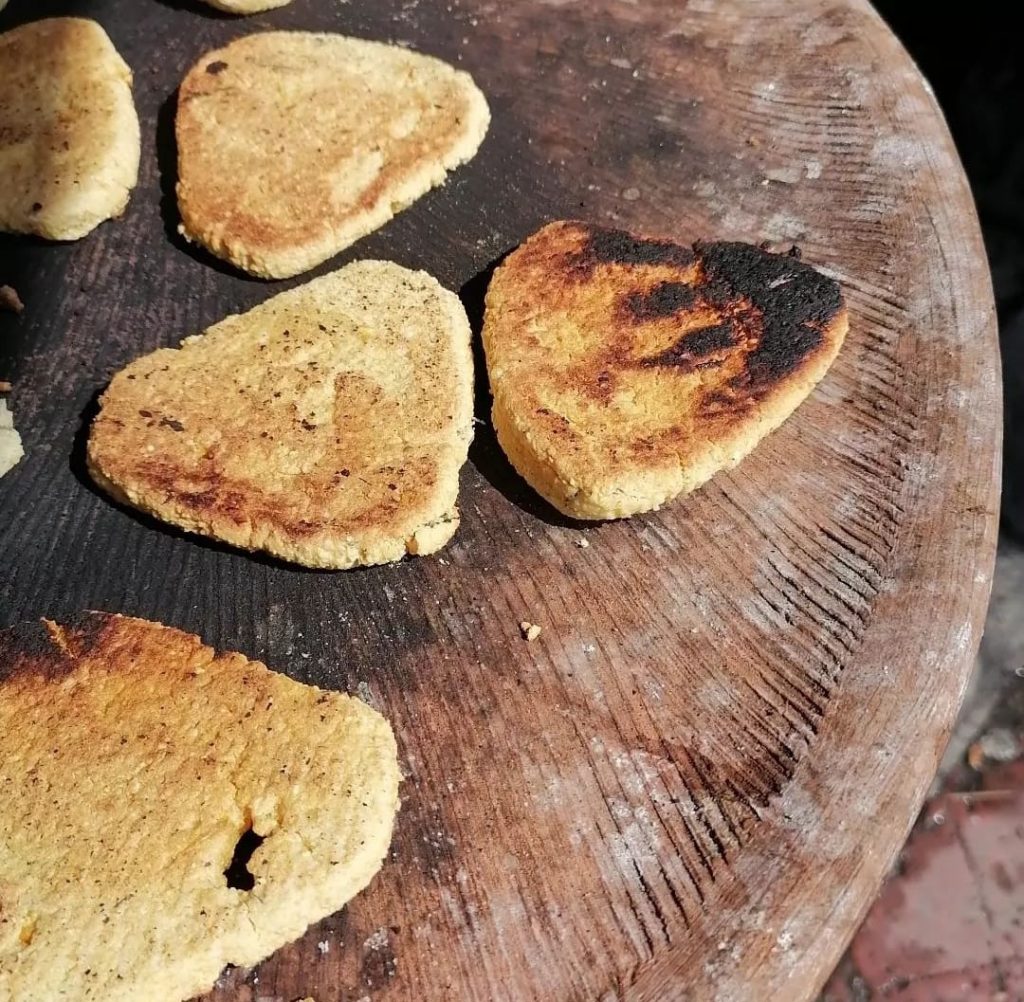
9. Muéganos
There are different presentations for muéganos, but this time we will talk about the famous ones from Huamantla and Tlaxcala. They have a rectangular shape and are made with anise, wheat flour, and lard, and bathed in piloncillo syrup with cinnamon. Sometimes, colored wafers are placed on them, which gives them a different appearance.
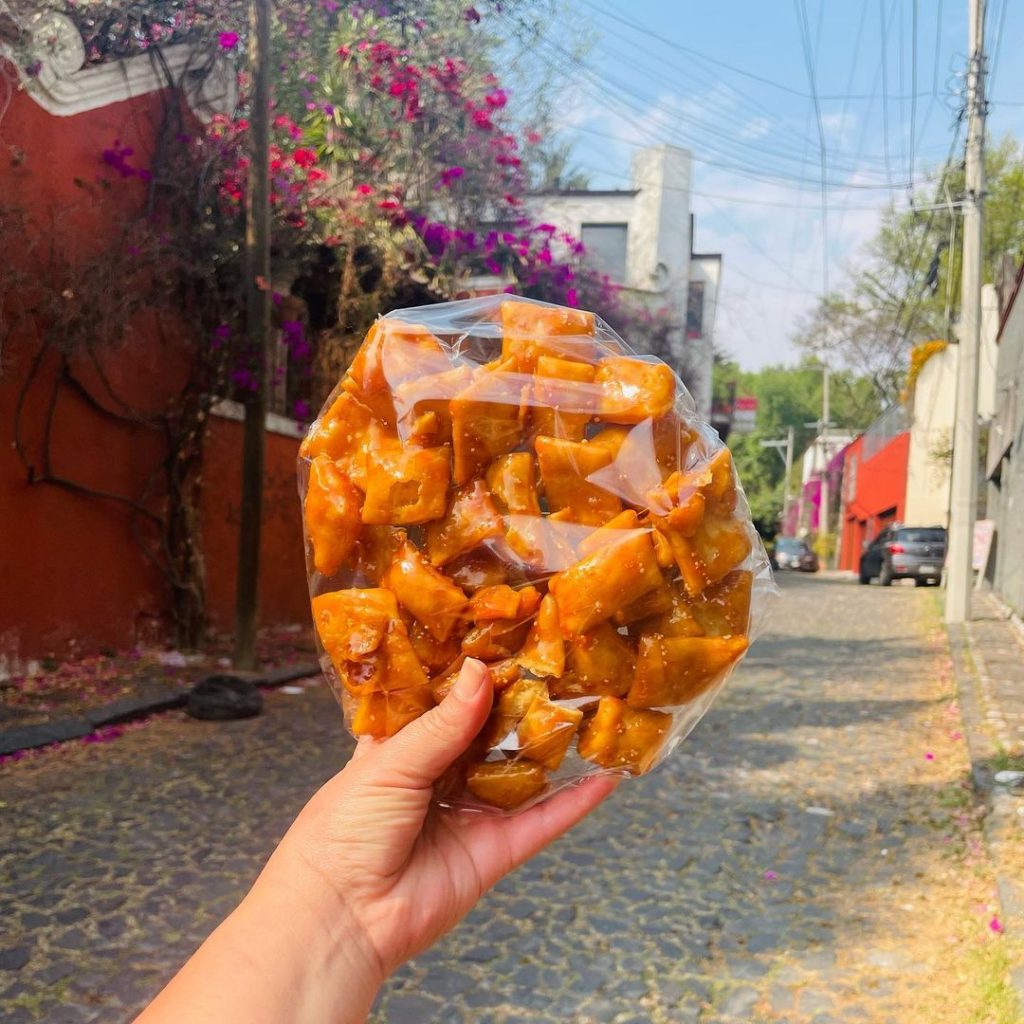
10. Tocatlán chicken
This stew is made with chicken, green tomatoes, serrano chili, and nopales which are placed in mixiote paper and steamed. This dish was born in a municipality of Tlaxcala called Tocatlán and has had certain modifications to avoid damaging the magueys. For example, they no longer use the epidermis of the mixiote and now better use the mixiote paper available in supermarkets.
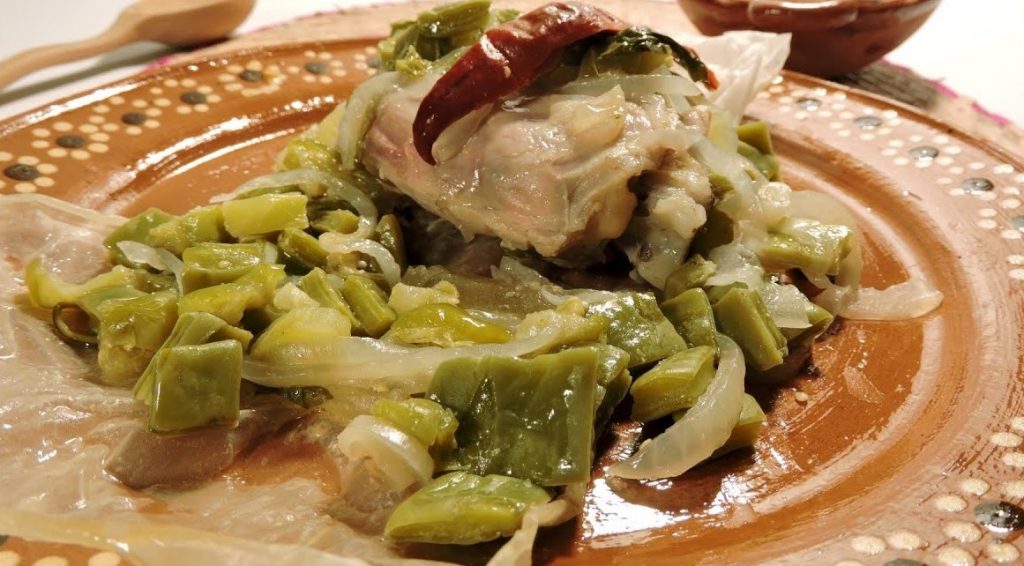
Although Tlaxcala is a small state, it is full of history from our ancestors, so we wanted to give you a taste of what you can find. Tell us, what would be your perfect combination of food?
Cover photos from:
Arturo Romero Lora
Aaron Rodriguez
Adam wiseman
sveiks

Always looking for a new adventure full of adrenaline. Lover of animals and nature.

Posts Relacionados
Grupo Xcaret
Hotels
